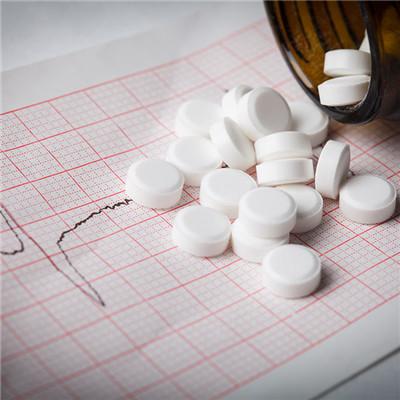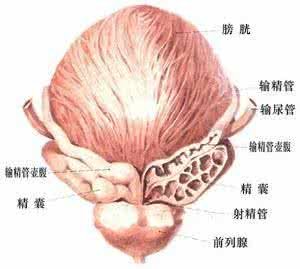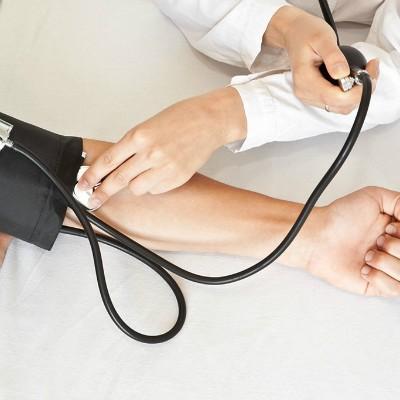Hirschsprung's disease in 3-year-old children?
summary
Hirschsprung's disease is the dilated and hypertrophic colon, but the real lesion is not the dilated colon, but the small intestine below the dilated intestine, that is, the segment near the anus (see the figure below). Because of the lack of ganglion cells, this segment of intestine is in a spasmodic and small state for a long time. When the stool arrives here, it is difficult to pass through, and it is stored in the upper normal intestine. Over time, the upper intestine expands and becomes "megacolon". Hirschsprung's disease in 3-year-old children? Let's talk about it.
Hirschsprung's disease in 3-year-old children?
1. Children with delayed fecal discharge, intractable constipation and abdominal distension have different clinical manifestations due to different lengths of diseased bowel. The longer the spasm segment, the earlier and more serious the constipation symptom. More than 48 hours after birth with no or only a small amount of feces, can appear in 2-3 days low part or even complete intestinal obstruction symptoms, vomiting, abdominal distension, no defecation. If the spasm segment is not too long, a large amount of meconium and gas can be discharged after digital rectal examination or warm saline enema, and the symptoms are relieved. If the spasm segment is not too long, the obstruction symptoms are not easy to relieve, sometimes emergency surgery is needed. Constipation and abdominal distension are still present after the symptoms of intestinal obstruction are relieved. Regular anal dilation and enema are needed to defecate. In severe cases, no enema and no defecation are developed, and abdominal distension is gradually aggravated.

2. Malnutrition, growth retardation, long-term abdominal distension and constipation can reduce the appetite of children and affect the absorption of nutrition. Fecal deposition makes the colon hypertrophy and expansion, and the abdomen may appear wide bowel type. Sometimes, the intestinal loops and fecal stones filled with feces can be touched.

3. Megacolon with enterocolitis is the most common and serious complication, especially in the neonatal period. The etiology is still unclear. It is generally believed that long-term obstruction a few days ago, secondary hypertrophy and dilatation of the proximal colon, and poor circulation of the intestinal wall are the basic reasons. On this basis, some children have abnormal immune function or allergic reaction constitution, resulting in enterocolitis. Some people think that it is caused by bacteria and virus infection, but most of the stool culture has no growth of pathogenic bacteria. The colon is the main affected part, with mucosal edema, ulcer and local necrosis. After inflammation invades the muscular layer, serous congestion, edema and thickening can be seen, and there is exudation in the abdominal cavity, forming exudative peritonitis. Children's body problems suddenly worsen, abdominal distension is serious, vomiting is sometimes diarrhea, due to diarrhea and expansion of large intestinal fluid accumulation, resulting in dehydration acidosis, high fever, fat fast, blood pressure drop, if not treated in time, can cause higher mortality.

matters needing attention
Parents feel happy, but when the child is born, we can not ignore the child's physical health, should give the child a comprehensive examination. The above method can only be preliminary judgment, but for the sake of children, we must go to the hospital and let the doctor judge the symptoms accurately.














